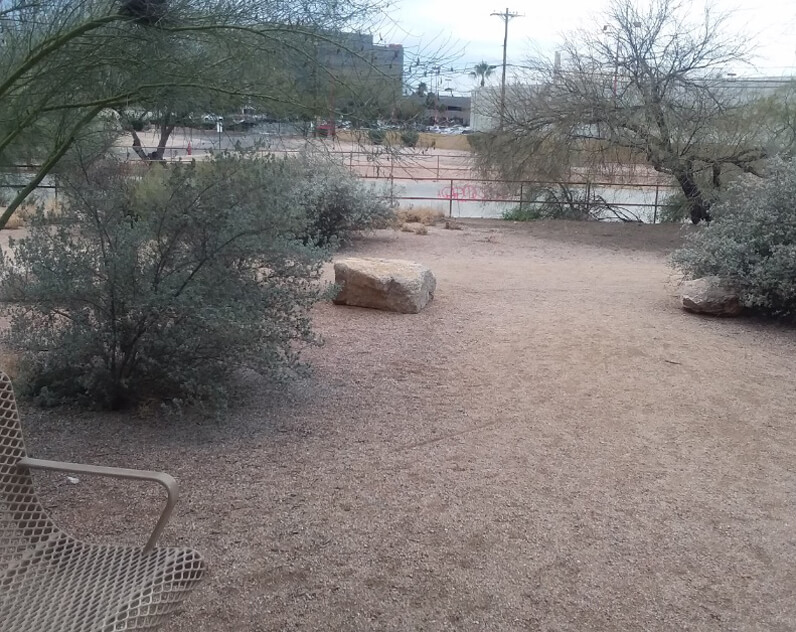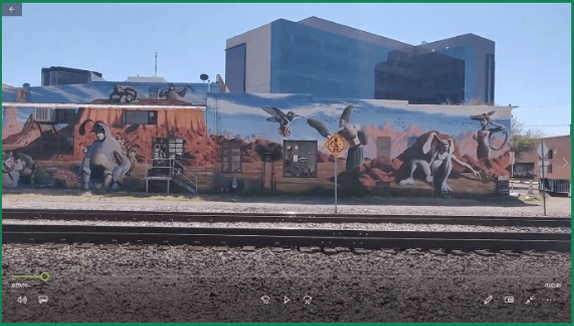“Anyone with a computer and Internet access can make a map and tell a story…”
– from Teach Geoliteracy
Place as Text
There is no story without a place, as there is no place without a story. Edward Soja’s once wrote, “Life-stories have a geography too; they have milieu, immediate locales, provocative emplacements that affect thought and action. The historical imagination is never completely spaceless…” ( “Postmodern Geographies,” 1989). Place-oriented pedagogies conceptualize place as an active participant of social change. The social production of place inevitably leads to critical narrativity – to spatial storytelling about our being-in-the world and our-being-in-place. In a language class, the power of spatial storytelling is in its ability to connect the local to larger social, cultural, and linguistic contexts, and vice versa, and allow learners to narrate their own story in their own voice.
“Mapping the Borderlands” – Narratives of Borderlands
- What kinds of borders and boundaries do you cross?
- How is your movement restricted or enabled?
- Are there any ‘invisible’ borders: places where not everyone feels able to go even if there is not an explicit sign blocking their entry?
- Are there places where you don’t feel welcome or don’t like to go?
“…When thinking about borders in my community, I immediately thought of this divide between the family park in my childhood neighborhood and the arroyo which diverges into a concrete wash. Since it is so frequently dry in Tucson, depending on the time of day, the wash is filled with the outcasts of society. At night time, бездомные люди (homeless people), наркоманы (drug addicts), and пьяницы (drunkards) wander up and down the wash, spending their time under the bridges or in the tunnels. In the image I chose, you can see the concrete part of the wash through the trees, laced with graffiti symbols and gang names. During the afternoons, highschoolers smoking pot or using other drugs tend to congregate there after school. However, it’s often empty during the day, and the concrete walls are great for riding bicycles or skateboards. In the neighborhood, there was often a mindset that the “bad” kids played in the wash, and the “good” kids stayed in the park. The mental border people had often made them assume I was turning into one of the “bad” kids. It was like anyone associated with the wash was no longer a part of our community, removing any empathy or humanization for the people who were just on the other side of the park fence… (“Crossing the Borderlands” )

“The border between the United States and Mexico offers intriguing perspectives on how territorial boundaries can affect the culture and lives of each individual on either side. I believe that people often forget that if you take away nationalism and state borders, everyone is simply human and has similar interests. For me, art is the best way to realize this since you can look at any artist’s work and identify not just differences to works from someone of another nationality, but similarities as well. Art is the blood of culture and culture often bleeds across territorial boundaries, our video shows only a handful of the cultural “bloodlines” that Tucson has to offer. (“Crossing the Borderlands”)

“The photo is taken across the Rillito River. This is a dry river in that it has no normal flow. It only runs after local rains or rains in the nearby mountains. This River divides northern Tucson from central Tucson. Only a few major streets cross it. It is also a regulatory and commercial border. For example, if you live south of the river, your cable and internet service can be provided by Cox Cable. If you live to the north, those services will be provided by Comcast. This is a border which defines part of my bicycle route from my home to the university. There is a paved path, for the use of pedestrians, runners, cyclists, and even horses. One mile west of my home is a path bridge which allows me to cross the river on my way to school. That bridge allows safe passage, without using the city streets…” (“Crossing the Borderlands”)

“Formalities of Linguistic Barriers…As time progresses, so too does the understanding of international boundaries. This photo represents not only the linguistic barriers of living in a state that consists of a highly multilingual population, but the restrictions that are imposed on formal establishments such as workplaces and government properties. This graphic also utilizes visual borders by implementing a boundary between the English and Spanish translations with the state colors of Arizona (red, blue and orange). The color scheme and method of splitting between the languages operates as a host of inclusion and distinction between the two languages and therefore, their host nations. Accepting the existence of different values, cultures and languages is the first step to creating coherence between territorial boundaries. The U.S-Mexico border and relationship has a direct effect on the daily lives of both nations’ citizens through state policies and cultural integration, giving this photo significant value in defining the complexities of nationhood and linguistic boundaries…. (“Crossing the Borderlands”)

“…Since I live very close to Broadway Avenue, I drive on it almost every day. When you drive along Broadway, the buildings and shops look nice, but if you go anywhere south of Broadway, everything starts to look more run down, old, and unmaintained. I consider south of Broadway to be the beginning of South Tucson, and things only get worse further south. Because of this striking division in how Tucson is portrayed, I think that Broadway is an accurate border showing the differences between the economic sections of the city. Living south of Broadway can be worrying at times, because gunshots and loud car engines racing can be heard often. Sometimes you will encounter aggressive people on drugs (meth) or aggressive homeless people on the streets, so it is not very safe…”

